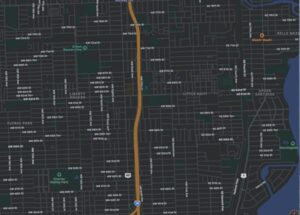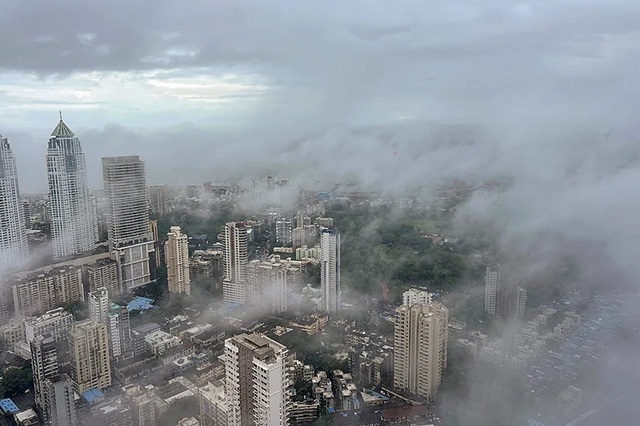Author: Shaun Deverson
As cities race to become more sustainable and resilient, a critical, but often overlooked dimension, is quietly shaping our collective future: proxemics, or the way we use and perceive personal and social space.
Climate change is not only about rising seas and hotter summers. It is about shrinking comfort zones – literally and figuratively. As heatwaves, floods, and migration reshape our urban landscapes, they compress our spatial boundaries and test the very design and purpose of cities.
The Nexus: Sustainability × Adaptation × Proxemics
Sustainability goals push cities to densify: build upwards, cut sprawl, maximise transit, and reduce carbon footprints. At the same time, adaptation and mitigation demand more communal spaces – cooling hubs, green corridors, and shelters – to cope with extreme events.
But if we ignore proxemics – how people experience and negotiate space – we risk creating cities that either meet or miss climate targets, at the expense of eroding community harmony.
Case in Point: Four Cities, Four Stress Tests
- Mumbai: Informal settlements already strain personal space; heatwaves push millions into crowded trains and cooling centres. Sea‑level rise threatens further displacement – compressing spatial norms and fuelling friction between communities.
- Lagos: Rapid growth (~500,000 new residents/year) and limited green infrastructure magnify the heat island effect. During droughts or floods, residents compete for scarce shaded or dry zones – heightening tensions and testing neighbourhood cohesion.
- Miami: Wealthier districts adapt with tree cover and air‑conditioning; poorer communities crowd into scarce cooling hubs. Adaptation investments have triggered climate gentrification – where higher, safer ground becomes exclusive, displacing long‑time residents and altering social fabrics.
- London: In the 2022 heatwave, nearly 400 deaths were recorded – many in overcrowded flats with little ventilation. Equitable access to parks and cooling measures is now central to climate resilience strategies, highlighting the intersection of proxemics and public health.

Figure 1 – Map of a portion of Miami showing Little Haiti and ‘Liberty Square’, the public housing complex around which the Liberty City neighbourhood developed. (Courtesy of Apple Maps)
The Risk: Undermining City Design
Ignoring proxemics in climate adaptation and mitigation measures means more than discomfort. Overcrowded shelters, strained public transport, and contested public spaces can erode trust, increase conflict, and fragment social networks – undermining the very resilience that adaptation seeks to achieve. Doing nothing has the potential to achieve the same impacts.
The Opportunity: Designing for Human Space
Cities can lead by integrating proxemics into climate planning:
- Distribute cooling centres to prevent overcrowding.
- Expand micro‑green spaces and shaded walkways in dense districts.
- Design multi‑purpose public areas that flex during crises (shelters, markets, gathering points).
- Prioritise equity: ensure vulnerable groups aren’t pushed into proxemic “pressure zones.”
When proxemics meets sustainability and adaptation, we don’t just survive climate change – we build cities that feel liveable and foster unity.
Question for us all:
Are we paying enough attention to how people share space in our climate adaptation and mitigation plans? Could this be the missing link between technical resilience and real community harmony?
We’ll need both to confront the consequences, and work towards the solutions, of climate change.

